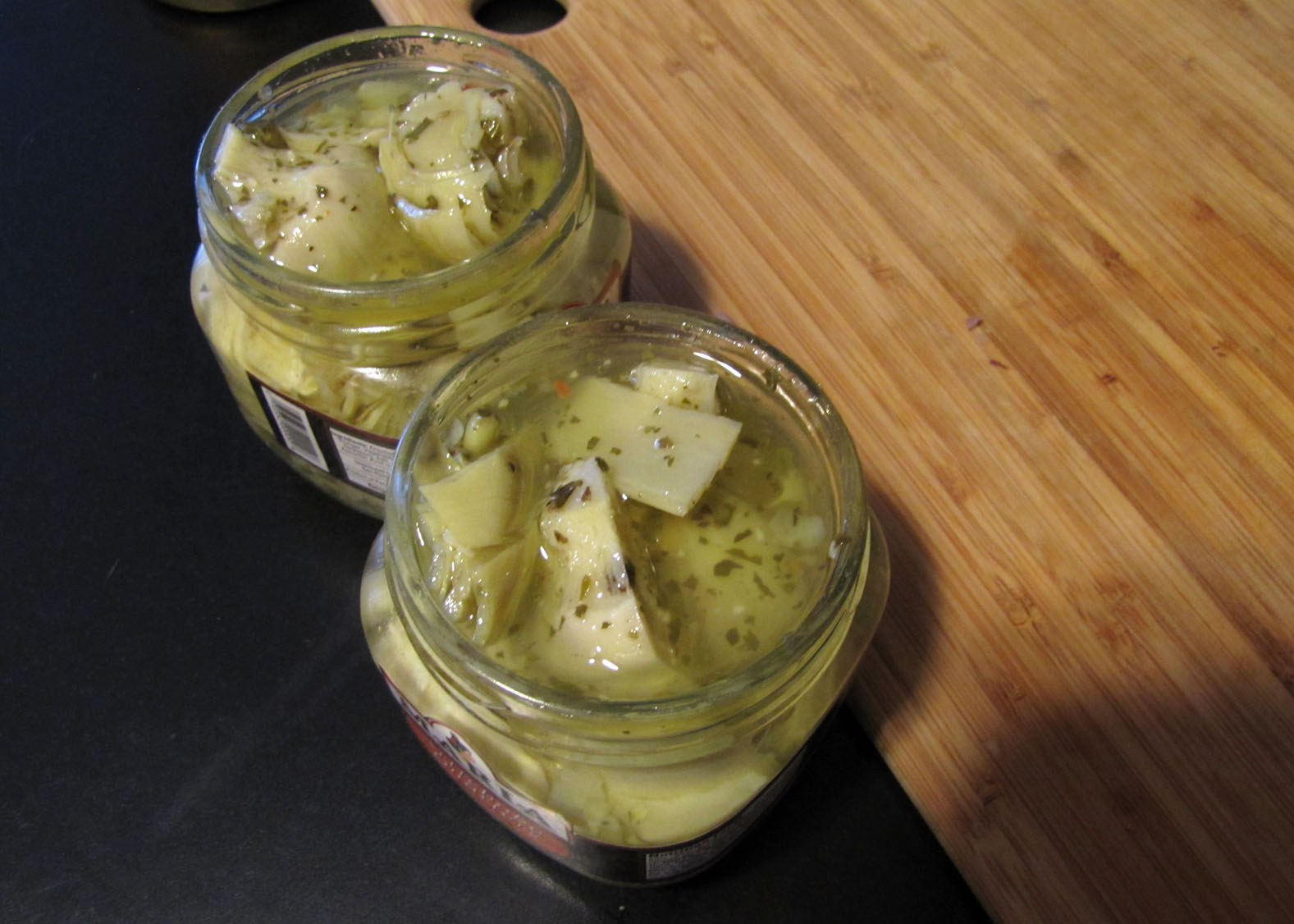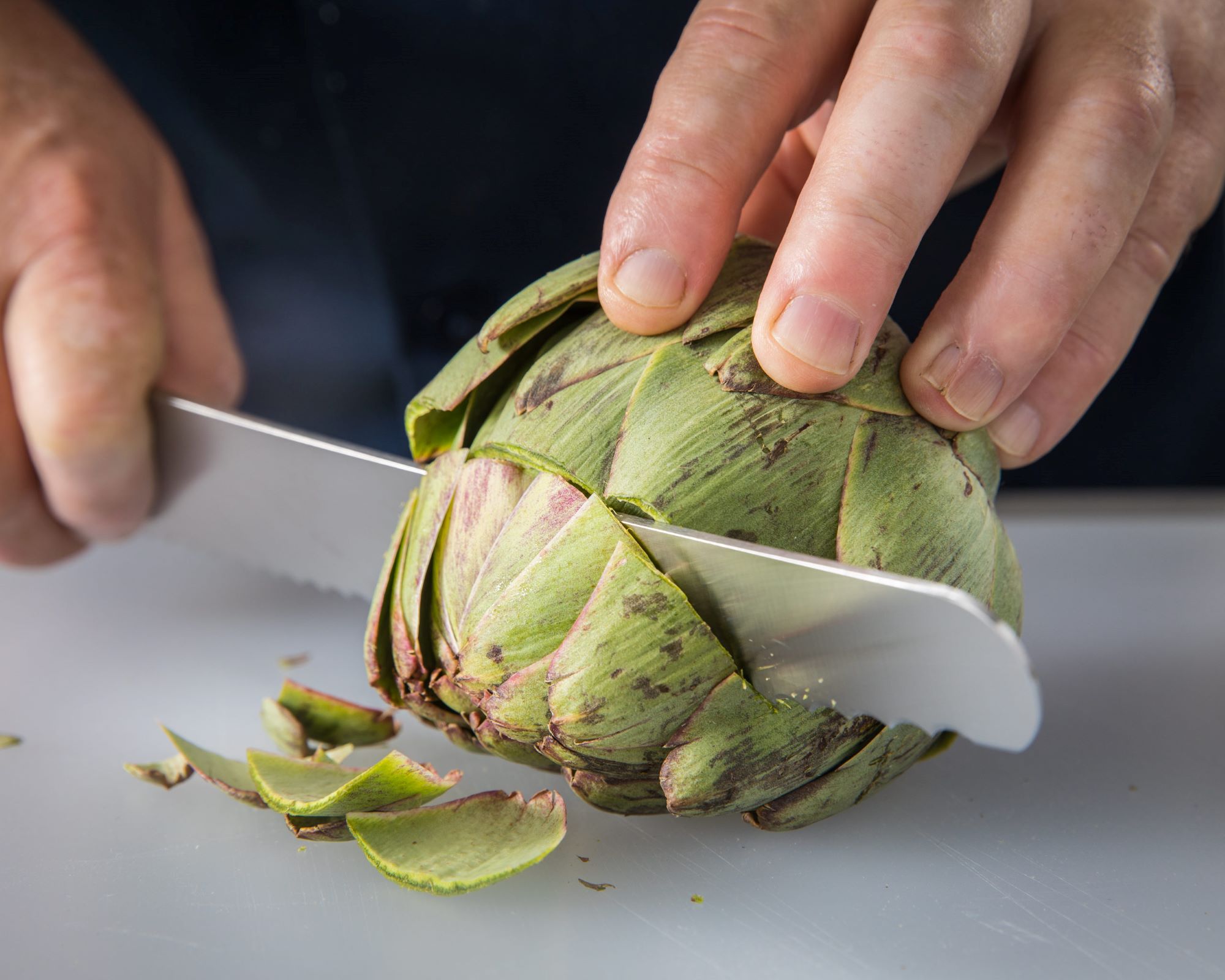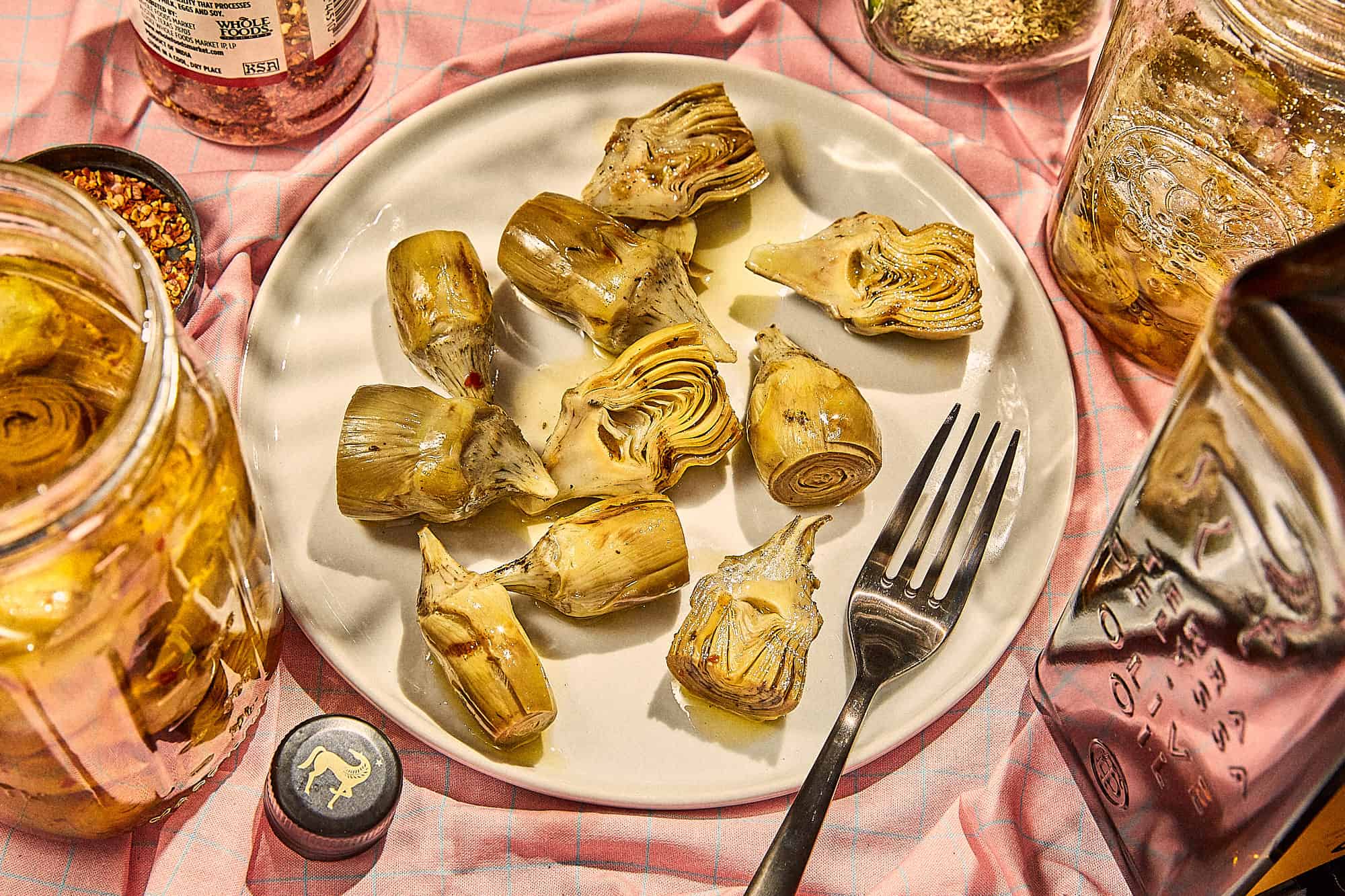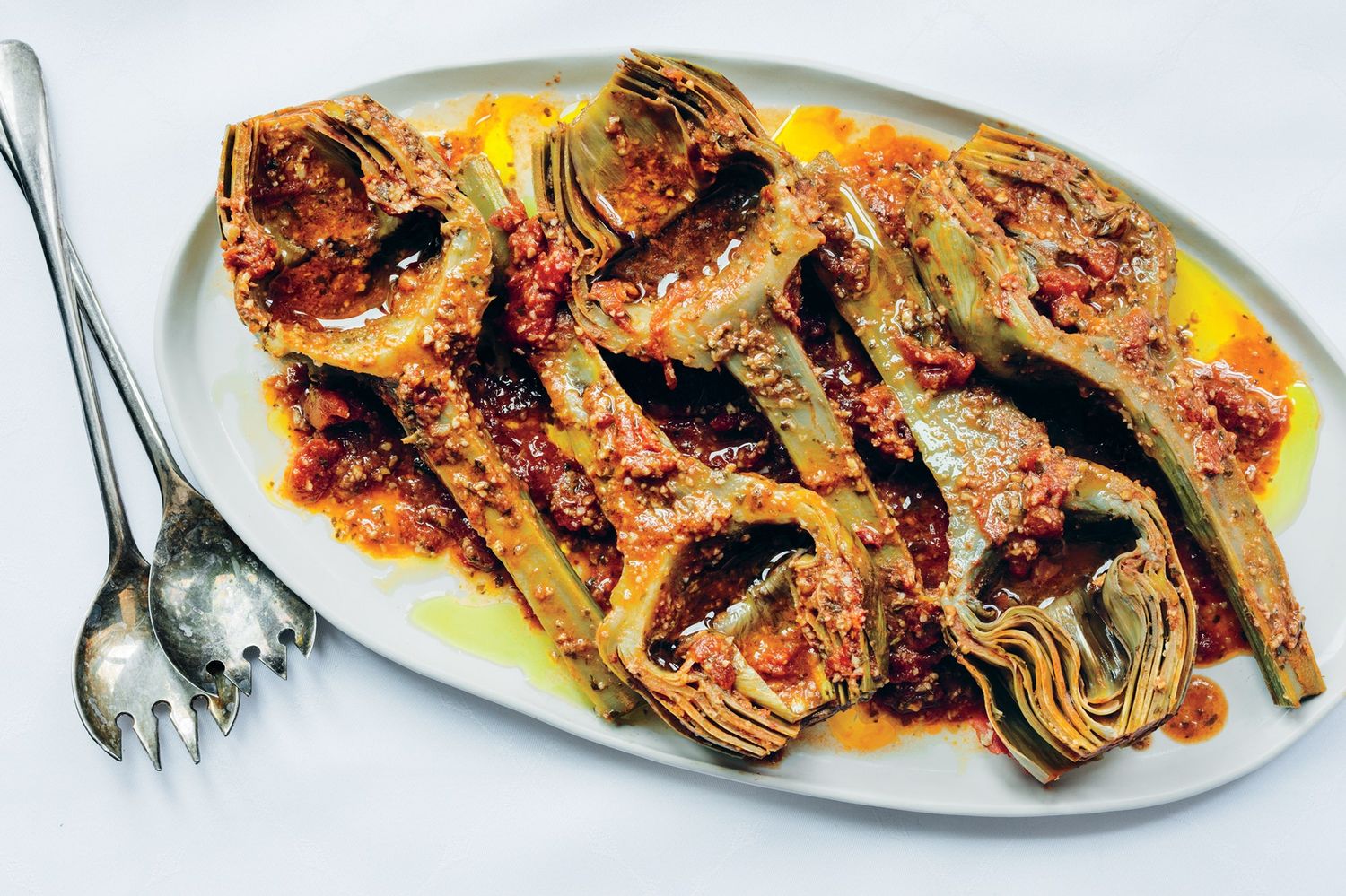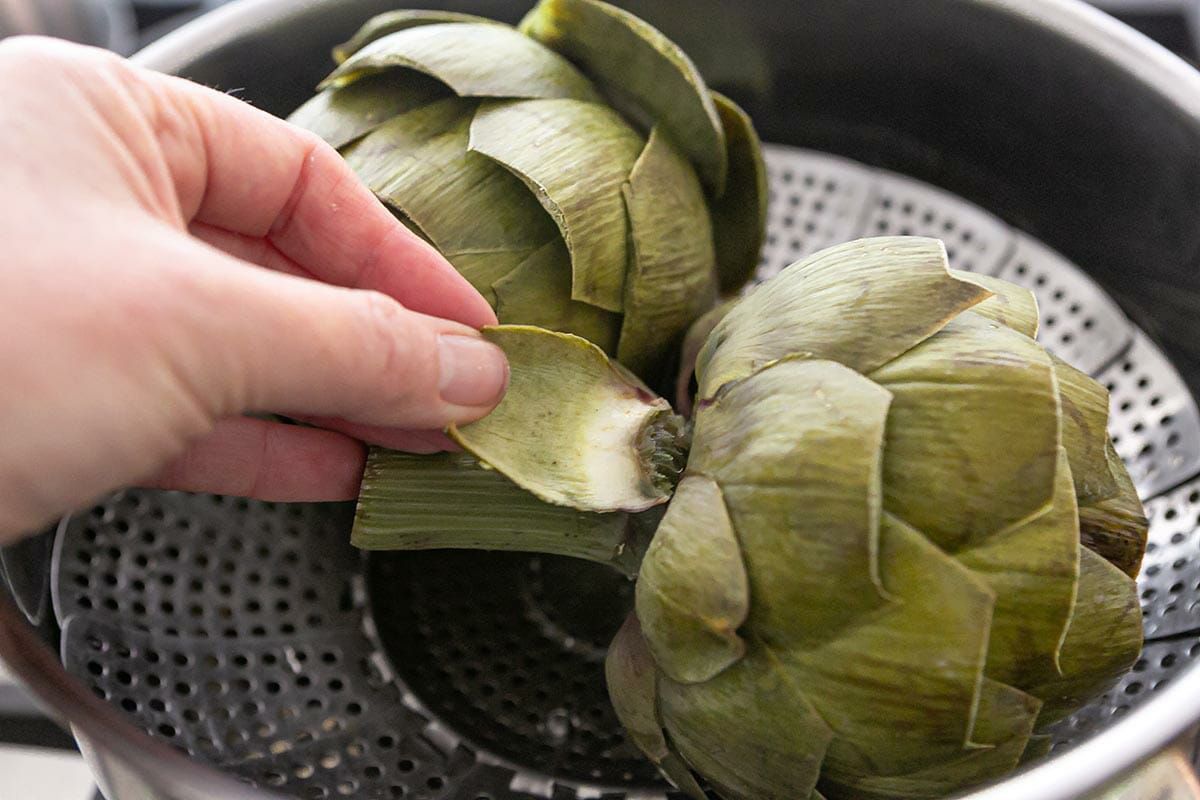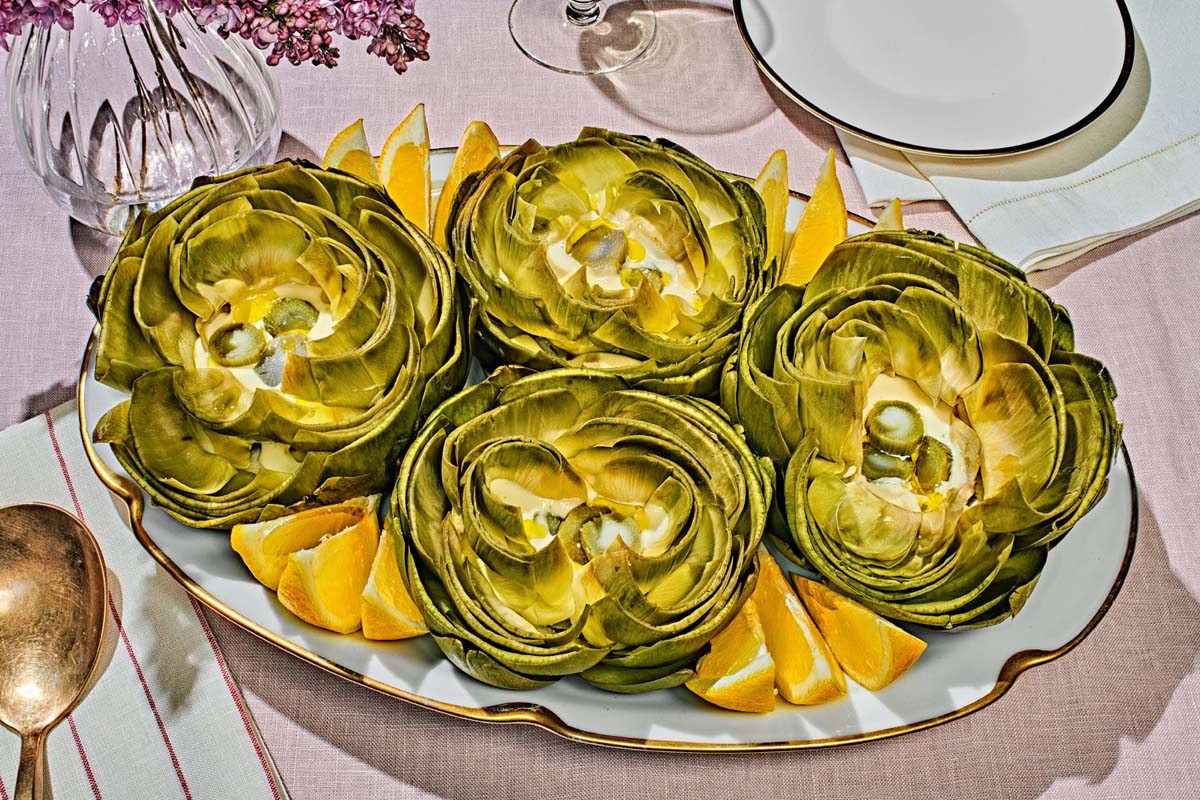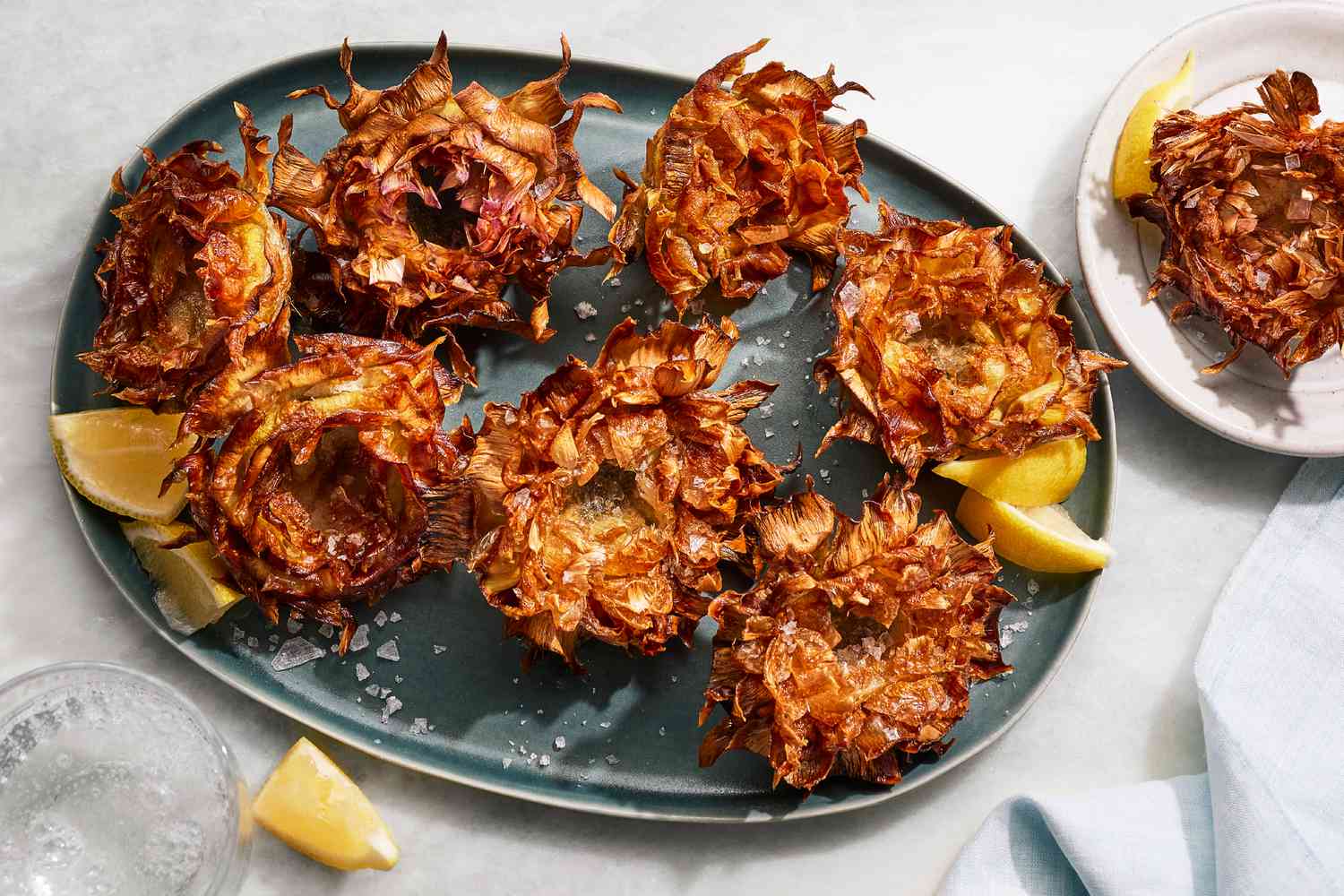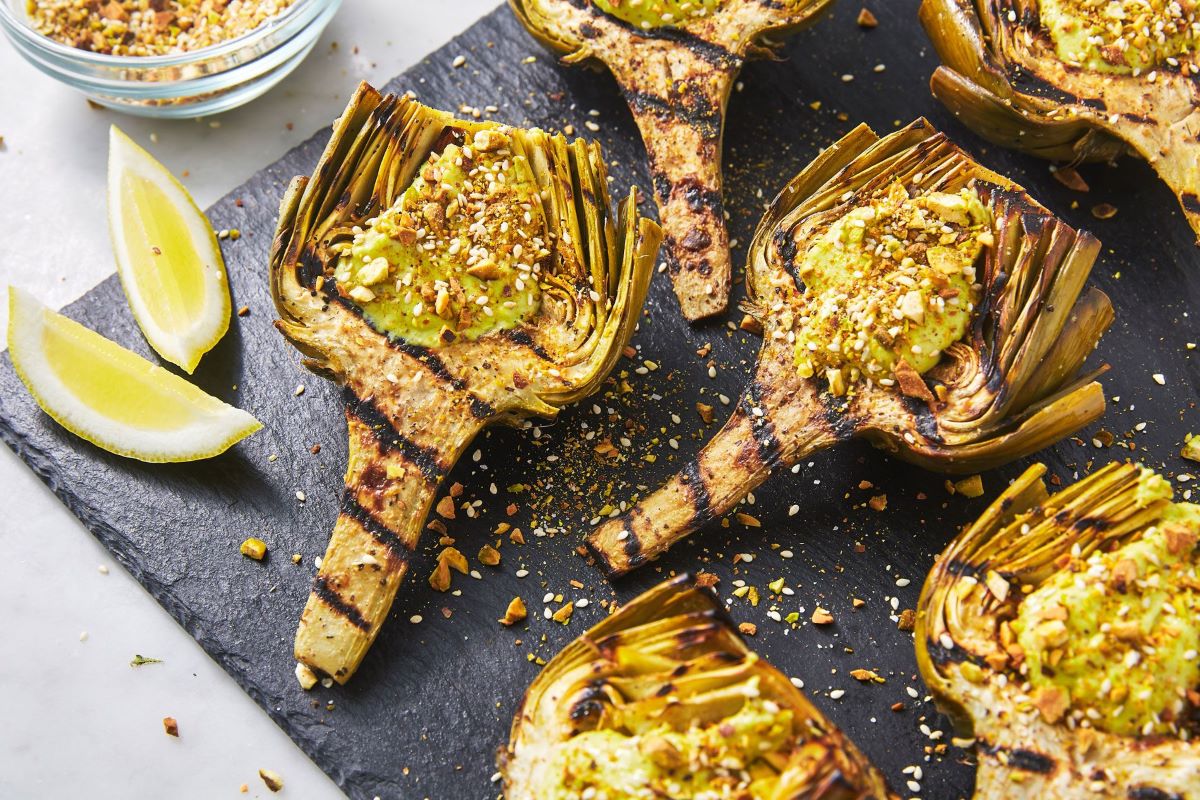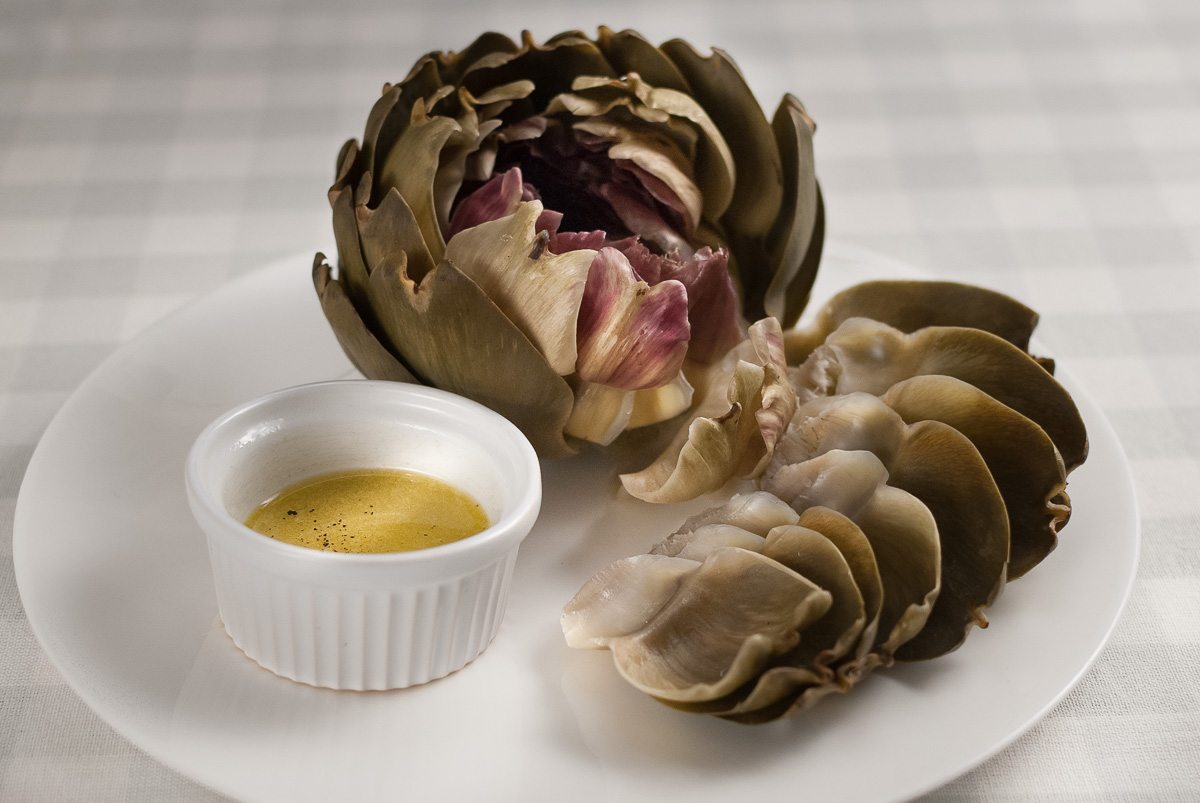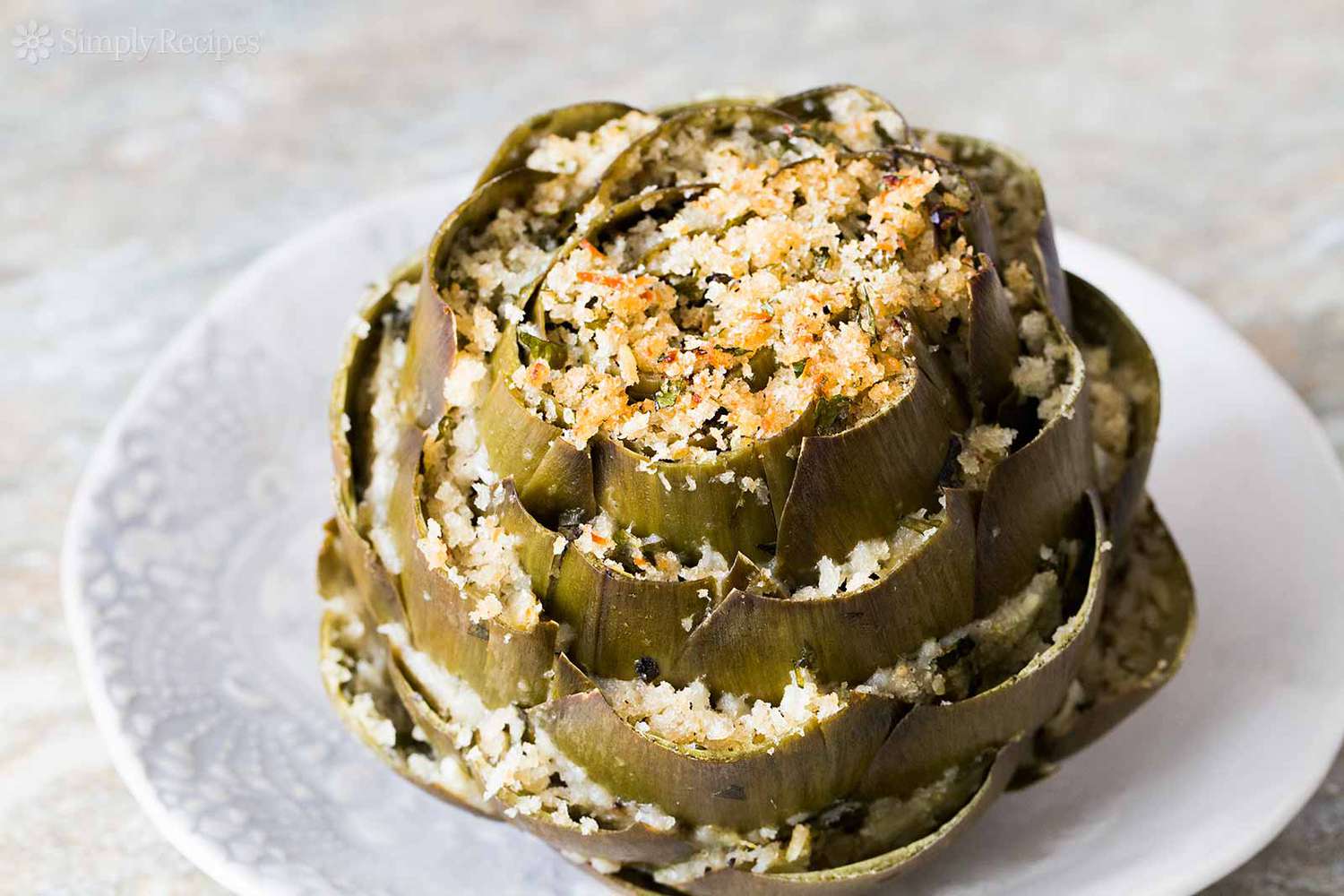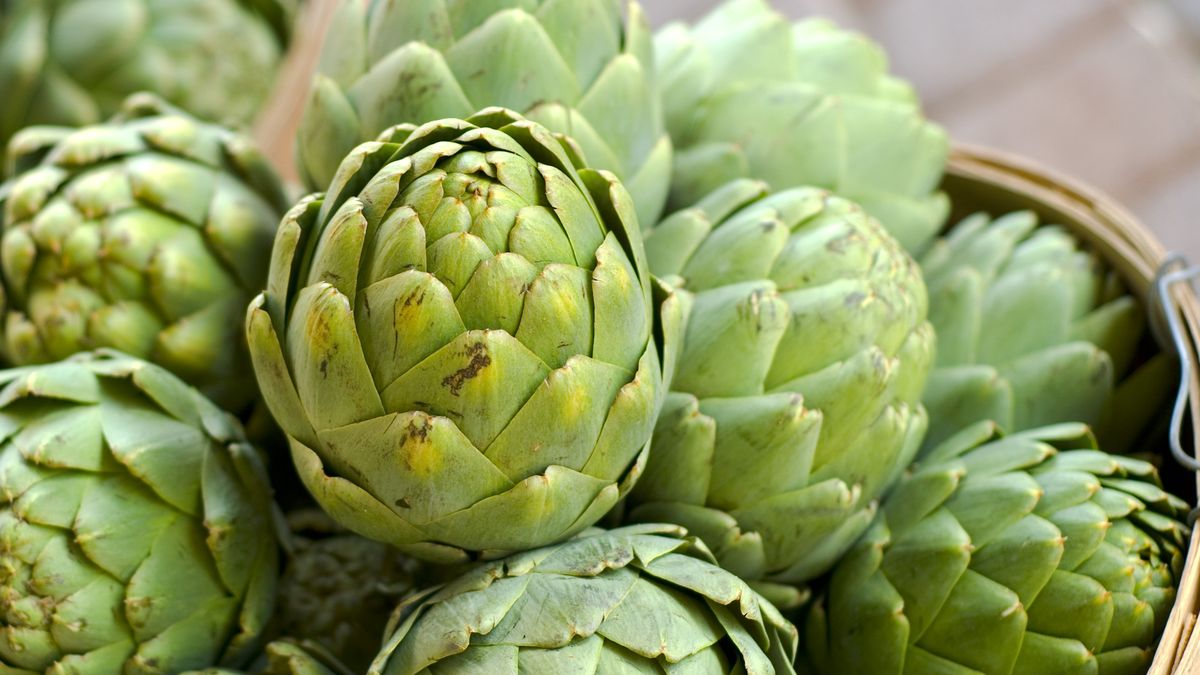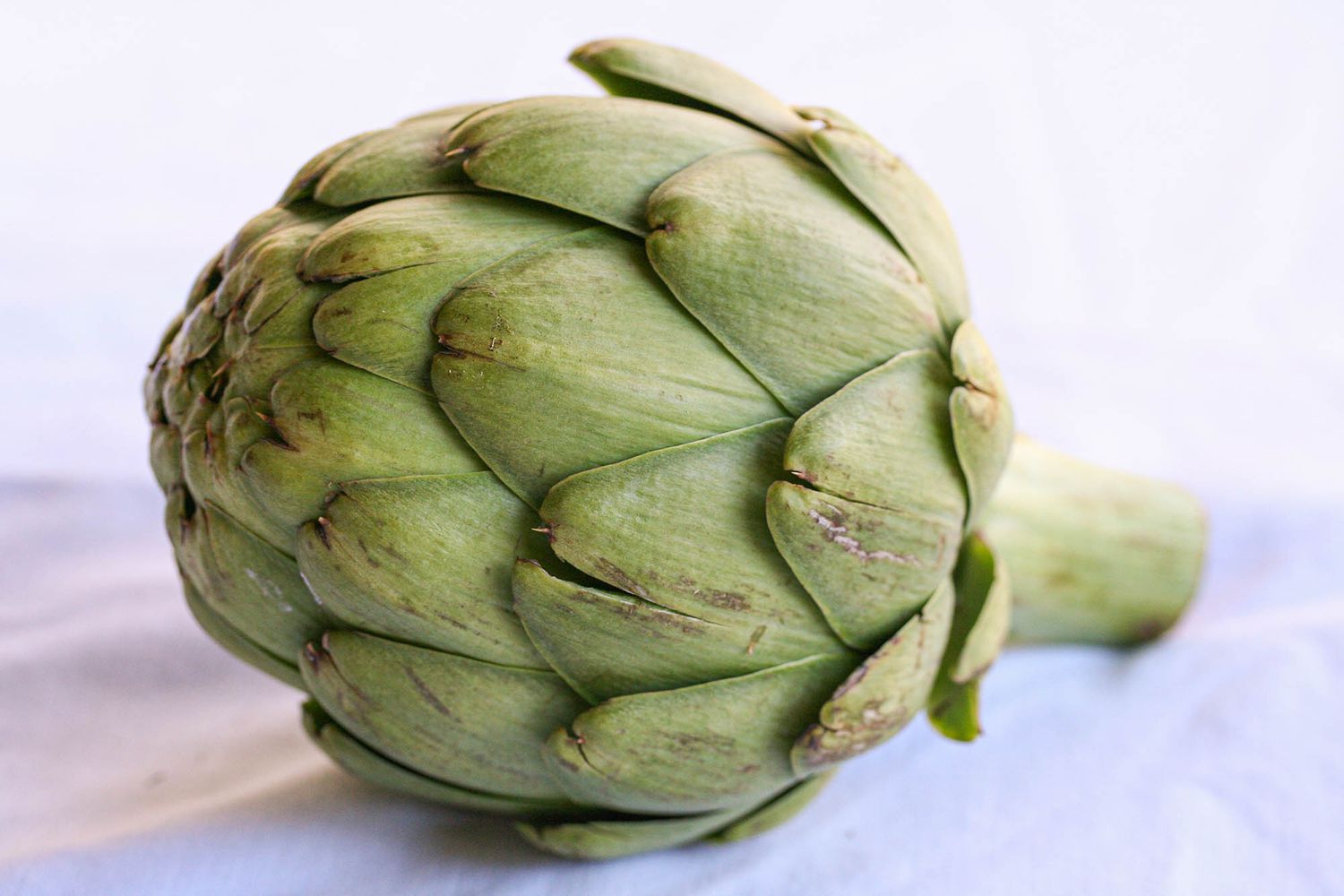Delicious and Nutritious: How to Enjoy Roasted Artichoke
Roasted artichokes are a delightful and nutritious addition to any meal. Their tender hearts and flavorful leaves make for a unique dining experience. If you’re new to this delectable vegetable, you might be wondering how to eat roasted artichoke. Fear not! We’ve got you covered with some simple and delicious ways to enjoy this culinary delight.
Preparing Your Roasted Artichoke
Before diving into the various ways to eat roasted artichoke, it’s important to know how to prepare it. Here’s a simple step-by-step guide to get you started:
- Start by preheating your oven to 425°F (220°C).
- Trim the top off the artichoke and remove any small leaves at the base.
- Using kitchen shears, trim the sharp points off the remaining outer leaves.
- Drizzle the artichoke with olive oil and sprinkle with salt and pepper.
- Wrap the artichoke in aluminum foil and place it on a baking sheet.
- Bake for 1 hour or until the leaves easily pull away.
- Once roasted, allow the artichoke to cool slightly before serving.
Ways to Enjoy Roasted Artichoke
Now that your artichoke is perfectly roasted, it’s time to savor its delicious flavor. Here are a few simple and enjoyable ways to eat roasted artichoke:
Classic Dipping
One of the most popular ways to enjoy roasted artichoke is by dipping the leaves and heart into a flavorful sauce. A classic garlic aioli or tangy lemon butter are excellent choices. Simply pull off a leaf, dip the fleshy end into the sauce, and scrape off the tender portion with your teeth. Continue until you reach the heart, which can be cut into bite-sized pieces and dipped as well.
Stuffed Artichoke
For a heartier meal, consider stuffing your roasted artichoke with a savory filling. A mixture of breadcrumbs, Parmesan cheese, garlic, and herbs makes for a delicious stuffing. Simply spoon the mixture into the cavity of the artichoke and bake for an additional 10-15 minutes until the filling is golden and crispy. The result is a delightful combination of tender artichoke and flavorful filling.
Artichoke Salad
If you’re looking for a lighter option, consider incorporating roasted artichoke into a fresh salad. Simply chop the roasted artichoke hearts and toss them with mixed greens, cherry tomatoes, and a light vinaigrette. The unique flavor of the artichoke adds a delightful twist to an ordinary salad.
Health Benefits of Roasted Artichoke
Aside from their delicious taste, roasted artichokes offer a range of health benefits. They are packed with fiber, antioxidants, and vitamins, making them a nutritious addition to your diet. Artichokes are also known for their ability to aid digestion and support liver health. By incorporating roasted artichokes into your meals, you can enjoy their delicious flavor while reaping the nutritional rewards.
Conclusion
Roasted artichokes are a versatile and flavorful vegetable that can be enjoyed in a variety of ways. Whether you prefer the classic dipping method, a stuffed variation, or a light salad, there’s no shortage of ways to savor the unique taste of roasted artichoke. With their numerous health benefits and delicious flavor, roasted artichokes are a wonderful addition to any meal.
So, the next time you’re wondering how to eat roasted artichoke, don’t hesitate to get creative and explore the many delightful ways to enjoy this culinary gem.
Was this page helpful?
Wecanpak
WECANPAK NANTONG CORPORATION is one of the leading vacuum packing machinery suppliers in China. Established in 1995, we have been devoted to developing, manufacturing and marketing our products for 26 years. We have developed more than 30 models of vacuum packaging machine including tabletop ,single chamber,double chamber,belt type,vertical,thermoforming,tray MAP,skin pack,etc Our vacuum packer widely used in nonfood and food including meat, fish, seafood, cashew nuts, rice, shrimp, beef and other food and nonfood industry.
